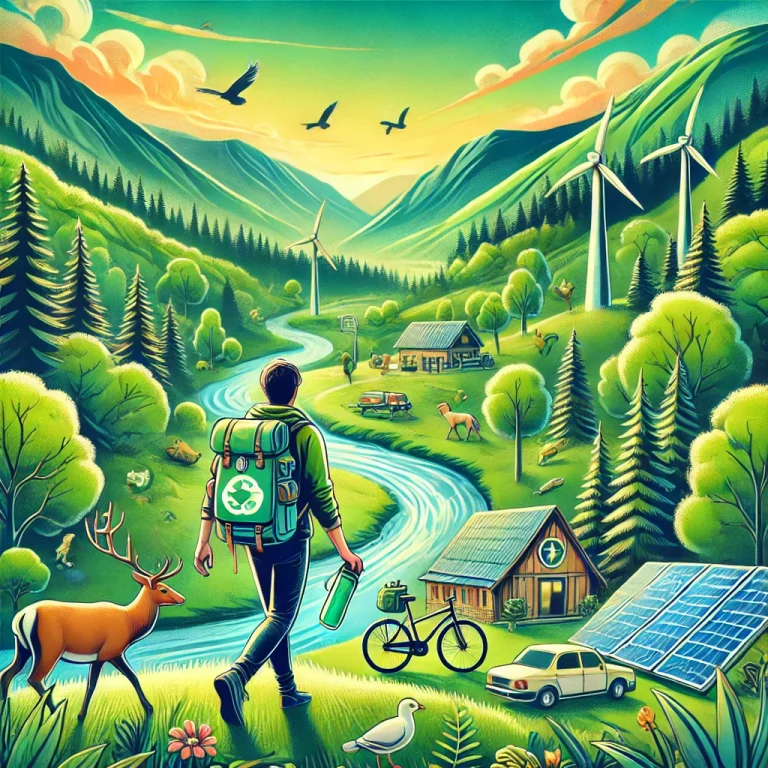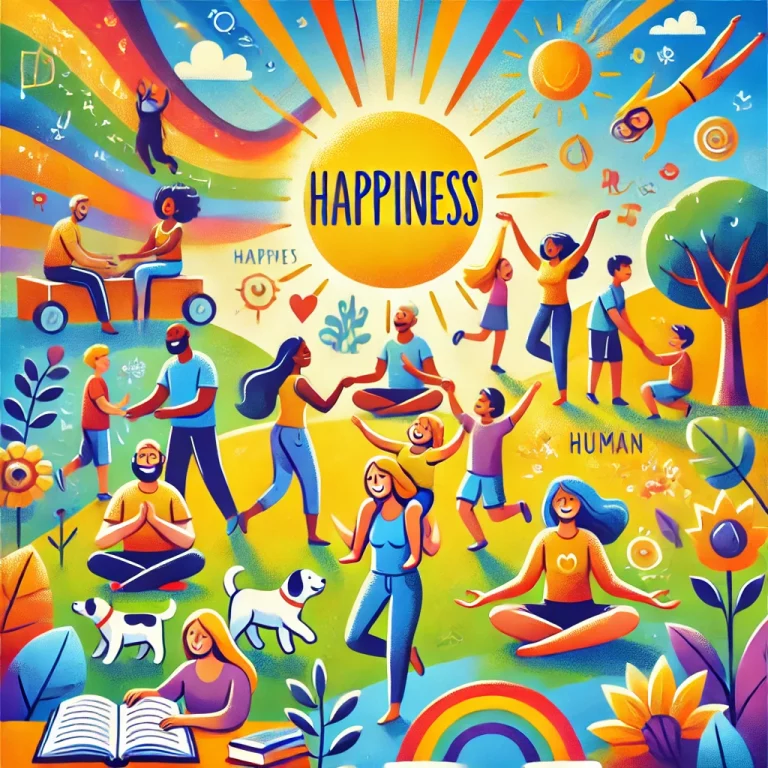
Introduction
In an era where efficiency is valued above all, the concept of slow travel is gaining momentum. Unlike the fast-paced itineraries that focus on checking off as many destinations as possible, slow travel encourages a deeper connection with places, cultures, and people. This mindful approach to exploring the world allows travelers to truly immerse themselves in new environments, leading to richer and more fulfilling experiences.
What is Slow Travel?
Slow travel is a mindset that prioritizes quality over quantity. Instead of rushing through a packed schedule, slow travelers take their time to explore a destination thoroughly. It means staying longer in one place, embracing local customs, and experiencing daily life as a resident rather than as a fleeting visitor. The goal is to create meaningful memories rather than just collecting photos.
The Benefits of Slow Travel
Slow travel offers numerous advantages, making journeys more enjoyable, sustainable, and enriching.
1. Deeper Cultural Immersion
By spending more time in one place, travelers can engage more authentically with the local culture. This includes learning the language, trying traditional foods, and participating in local traditions. Interacting with locals on a personal level provides insights that fast travel often misses.
2. Reduced Stress and Fatigue
A hectic travel schedule can be exhausting. Rushing from one landmark to another leaves little time to truly absorb the surroundings. Slow travel removes the pressure of tight itineraries, allowing travelers to relax, enjoy the moment, and appreciate the journey rather than just the destination.
3. More Meaningful Connections
Staying in one place for an extended period makes it easier to form genuine relationships with locals and fellow travelers. Whether it’s getting to know the owner of a small café or making friends in a local market, these connections often become the most cherished part of the journey.
4. Sustainable and Eco-Friendly Travel
Slow travel promotes sustainability by reducing carbon footprints. Instead of taking multiple flights or long road trips, slow travelers opt for eco-friendly transportation such as trains, bicycles, or walking. Additionally, supporting small, locally-owned businesses rather than big tourist chains helps sustain the local economy.
5. Cost-Effective Adventures
Contrary to the assumption that longer stays are expensive, slow travel often saves money. Renting accommodations for extended periods is usually cheaper than hopping between hotels. Cooking meals, using public transport, and avoiding tourist traps can significantly reduce travel expenses.
How to Embrace Slow Travel
Adopting a slow travel mindset doesn’t require drastic changes. Here are some simple ways to incorporate it into your travels:
1. Choose Fewer Destinations
Instead of trying to visit multiple cities in a short period, select one or two locations and explore them in depth. This approach allows for a more relaxed and immersive experience.
2. Stay in Local Accommodations
Opt for homestays, guesthouses, or Airbnb rentals instead of large chain hotels. This not only provides a more authentic experience but also helps support local communities.
3. Use Public Transportation or Walk
Walking or using public transit instead of renting a car enhances the experience of a place. You get to see more of the daily life and interact with locals naturally.
4. Take Your Time with Meals
Rather than grabbing quick bites on the go, savor local cuisine at a leisurely pace. Dining is an essential part of culture, and taking the time to enjoy it enhances the experience.
5. Disconnect from Technology
While capturing memories is important, constantly checking social media or rushing to take the perfect photo can detract from the experience. Put the phone away, engage with your surroundings, and absorb the moment.
Conclusion
Slow travel is about embracing the journey and savoring every experience. It allows for a deeper appreciation of the world and a richer understanding of different cultures. By taking the time to truly connect with a place, slow travelers return home with more than just photos—they come back with lasting memories and meaningful connections. Whether you’re planning a weekend getaway or a long-term adventure, consider slowing down to make the most of your travels.





